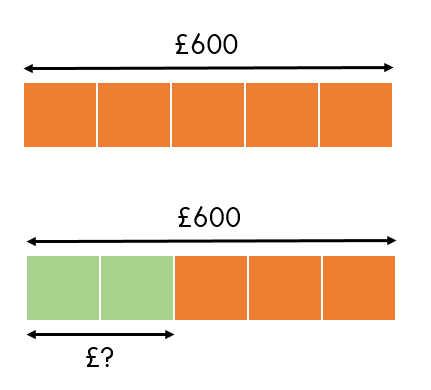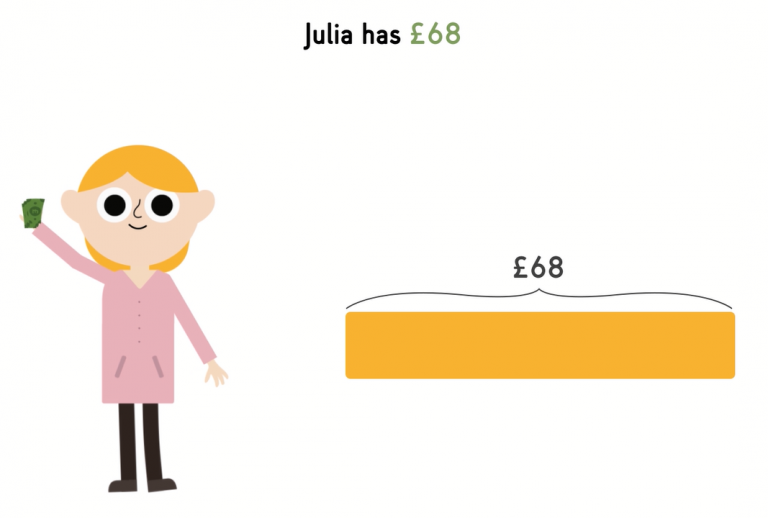Bar Model – What on earth is it?
Bar Model – yes we think they are supercalifragilisticexpialidocious, named our company on it and bought a whole load of domains with those words…BUT what is it? Let’s get the customary jokes out the way – a Bar Model has nothing to do with bars (pubs), models or a model that is or works in a bar! Simply…
Bar Model – yes we think they are supercalifragilisticexpialidocious, named our company on it and bought a whole load of domains with those words…BUT what is it?
Let’s get the customary jokes out the way – a Bar Model has nothing to do with bars (pubs), models or a model that is or works in a bar!
Simply put, they are a way of representing parts of a problem by drawing bars. Yes, Ok, we agree…it doesn’t seem that exciting or revolutionary but practically everyone we have trained is gobsmacked when we take them through the approach and allow them to have a go at some incredibly challenging questions!
The initial thoughts of many teachers…in no particular order…
“OMG!
“This is crazy!”
“It can’t be that easy, right?”
“I’m shocked!”
There are two types of people in our world, ones that have heard of bar modelling and ones that haven’t. Even our toilets are split in this way.
Bar Model – Why does it make such an impact?
As we train both Primary and Secondary teachers, the reactions we get from both sides are not that dis-similar. There is something about using a bar model in questions that just makes things so much more simple. The model approach helps us, at every level, to understand certain types of word problem questions and also supports us to teach various topics with ease.
For a long time, we have been teaching pupils rules and giving away generalisations, whereas the bar model approach allows us to teach so our pupils understand why it is that they do what they do. A basic example is when we’ve seen many pupils not fully understand how to work out a fraction of an amount or get muddled up with word problems. Here is an example…
Find 2/5 of £600.
In this basic question, many pupils try to remember a rule that we teach them. Many have not, just yet, grasped why it is that they are being asked to divide £600 by 5 and then multiply by 2. In fact, many get tangled up with other concepts and rules and they don’t fully know what to do when they see a question like this. So, how can we use a bar model to represent this question?
Using our bar model, we can see that the £600 has been split into five equal parts. We are trying to work out what 2/5 – two of those 5 equal parts is worth altogether. How do we do that? Can we work out how much each one is worth? Is that possible? £600 shared amongst 5 equal parts means £600 ÷ 5 = £120. Each part is £120 and we want to find how much would 2 parts be equal to, so 2 X £120 = £240.
2/5 of £600 = £240.
Here are a few questions you can ask your staff during your next staff meeting.
Does the model help for this question? How? What are the benefits of using the model? Can your pupils make generalisations? What would be your next step in implementing the bar model approach?
Have a look at our animated video for other questions.








